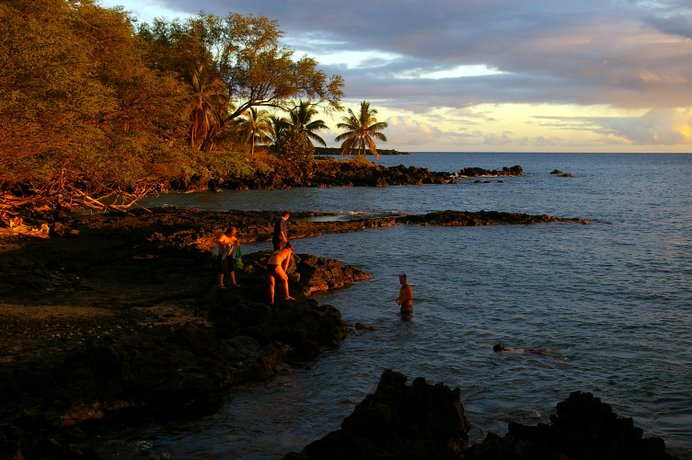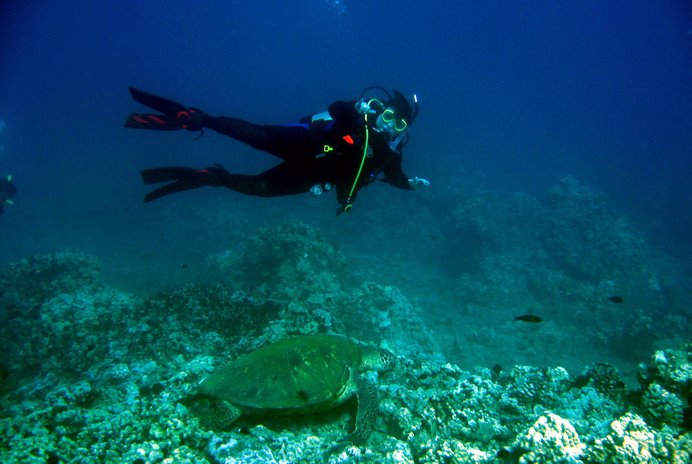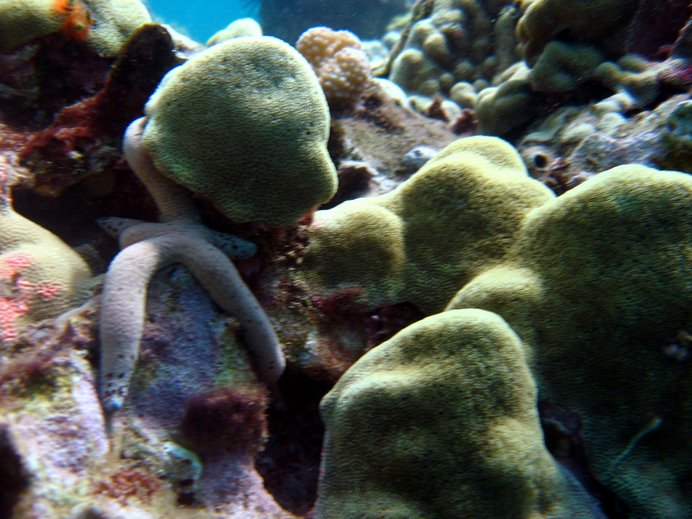Three Rivers Petroglyphs
Labels:
Alamogordo,
Albritton,
ancient,
carving,
desert,
engraving,
New Mexico,
petroglyphs,
photography,
travel,
Tularosa
.jpg) Located about 35 miles north of Alamogordo and 15 from Tularosa, a hill is home to as many as 21,400 petroglyphs. The trail is probably ¾ mile up a rocky trail flanked with mesquite and sage. The Three Rivers markings are so prolific, you wonder if they really are that real. The docent down in the office said most are authentic, but you couldn't help but notice the occasional "J M" or a peace sign someone had decorated a rock with. Not knowing the reason for the Indian artwork, you might wonder if somehow this could also be some ancient graffiti. Maybe the quadruped with the geometric design on the belly really said, "Grumbling Buffalo loves Squawking Bird." Five thousand years from now, after our society has completely crashed, some budding anthropologist may think the graffiti painted on the side of some building is a discovery of social importance too.
Located about 35 miles north of Alamogordo and 15 from Tularosa, a hill is home to as many as 21,400 petroglyphs. The trail is probably ¾ mile up a rocky trail flanked with mesquite and sage. The Three Rivers markings are so prolific, you wonder if they really are that real. The docent down in the office said most are authentic, but you couldn't help but notice the occasional "J M" or a peace sign someone had decorated a rock with. Not knowing the reason for the Indian artwork, you might wonder if somehow this could also be some ancient graffiti. Maybe the quadruped with the geometric design on the belly really said, "Grumbling Buffalo loves Squawking Bird." Five thousand years from now, after our society has completely crashed, some budding anthropologist may think the graffiti painted on the side of some building is a discovery of social importance too.Since the hill is several miles from the Sacramento Mountains, you have to speculate that this was either a burial or religious site to the Mogollon Indians who lived here for hundreds of years prior to the Mescalero Apaches. I could imagine a burial party making their way to the top bringing with them, the body of a dead chief or medicine man. The higher up the hill, the more important the deceased.
Looking to the west in the Chihuahuan Desert, you can see the glistening White Sands dunes and the San Andres mountain range. While the park literature advises you that rattlesnakes are common among the rocks, lizards were far more visible in the noon day heat.

.jpg)
.jpg)



.jpg)
.jpg)










